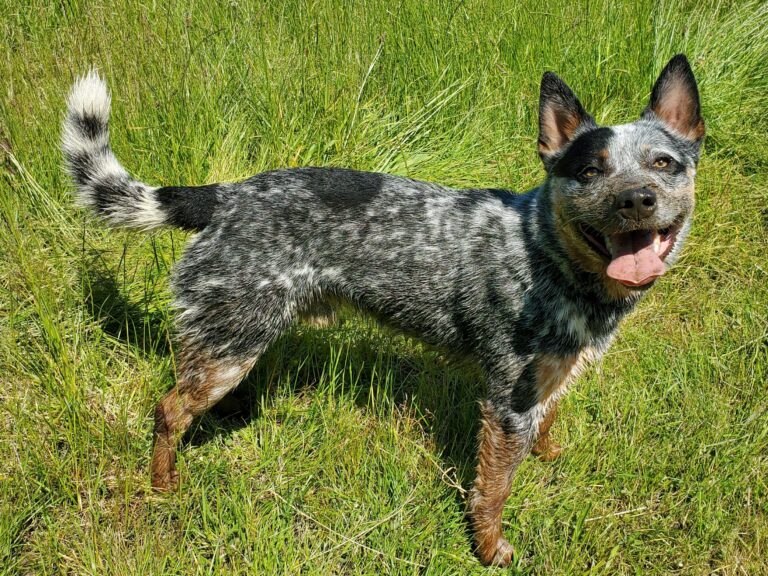How Movie Trainers Get Dogs To Do The Impossible

There’s a quiet science behind every wagging tail in an action film. Trainers don’t rely on luck or simple commands. Instead, they apply a range of tested methods that shape behavior, build trust, and reduce distractions. Here are 10 of the most effective ones in use today.
Positive Reinforcement

That scene-stealing bark or perfect pause? It’s not magic. Trainers use tasty treats like cheese or roast meat to link behavior with praise. For some dogs, a single squeaky toy can drive endless takes. This simple, joyful method builds trust and gets camera-ready results every time.
Clicker Conditioning
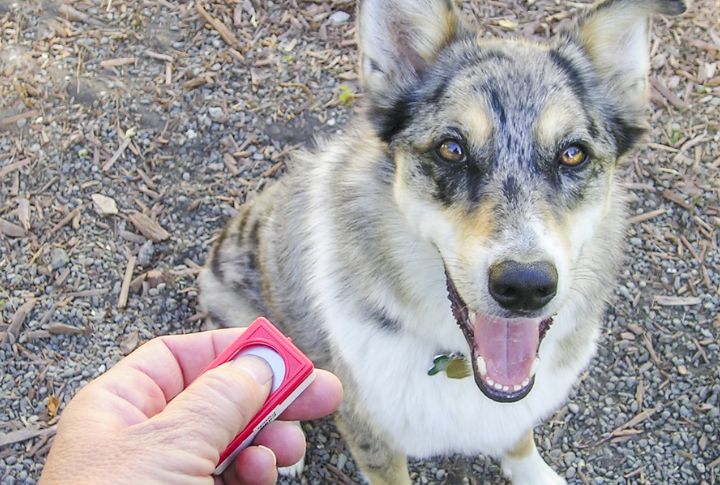
Imagine replacing words with a tiny “click” that dogs treat like applause. The handheld clicker captures exact behavior timing without needing voice commands. Over time, dogs associate specific clicks with very specific actions, even performing 20+ cues just by sound.
Chaining Small Behaviors Into Complex Sequences

Think of movie stunts as puzzles solved piece by piece. Dogs are taught individual actions, like nudging a door or picking up a phone, then “chained” together into one flawless routine. Some sequences involve up to 10 steps, all delivered in perfect order. It’s like canine choreography, scene after scene.
Target Stick Training For Exact Positioning

In action films, dogs often need to hit the exact same spot, take after take. Trainers use a target stick to guide them, usually having the dog touch it with their nose or paw. This simple tool helps place dogs precisely on set, even during complex camera shots or stunts.
Remote Cueing Using Hand Signals
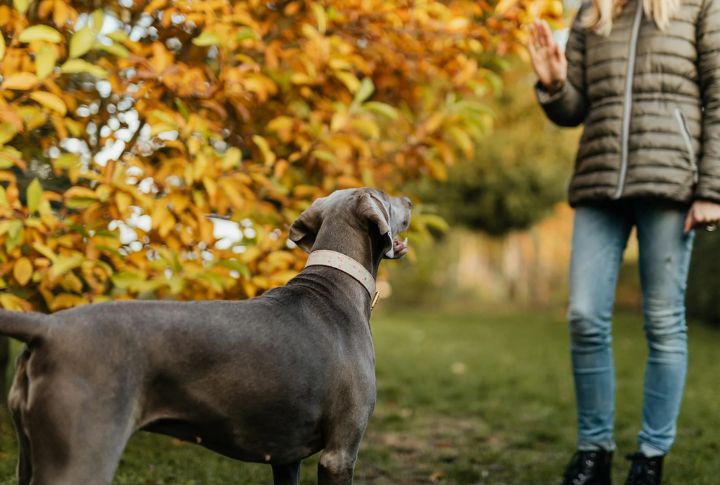
When silence is golden on set, gestures speak volumes. Trainers teach dogs to read hand signals from far off-camera to keep scenes clean and seamless. Some respond from over 30 feet away. Breeds with sharp visual focus, like Border Collies, thrive under this kind of quiet communication.
Desensitization To Lights, Sounds, And Crowds
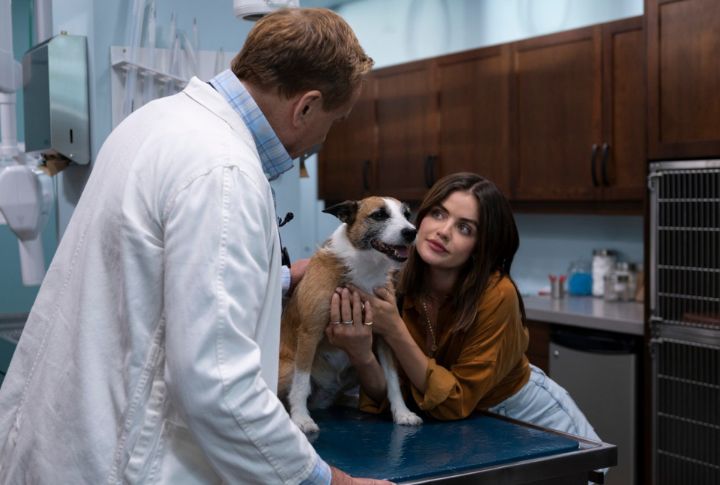
Sets can be loud or chaotic, but trained dogs stay cool. Through gradual exposure, dogs learn to stay focused even as lights flash or explosions go off nearby. Some can work mere inches from moving actors without flinching. That calm presence is built with patience.
Harnesses And Safety Rigs For Physical Stunts
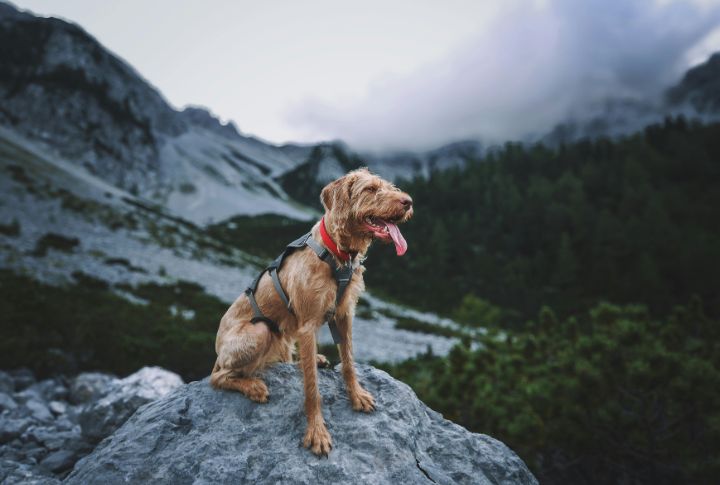
Before any high jump or flying leap, dogs are trained to feel confident in safety gear. Harnesses and stunt rigs, modeled after those used for human actors, are introduced slowly during training. With repetition and trust-building, dogs learn to perform bold moves safely in fast-paced action scenes.
Stand-In Doubles For Training And Rehearsal
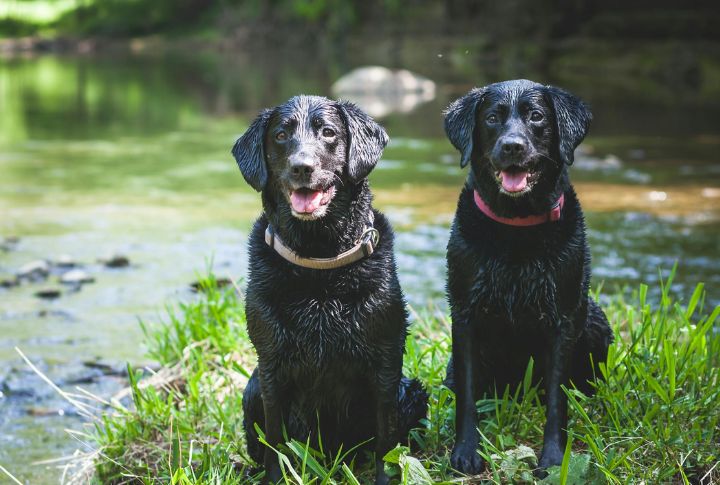
It’s not always the same dog in every frame. Stand-in doubles rehearse scenes and ease the load for lead canine actors. Many play multiple roles across films. Trained to match appearances and behavior, they often pass unnoticed, even by keen-eyed fans. It’s teamwork behind the tail.
Cue Pairing With Actors For On-Set Realism
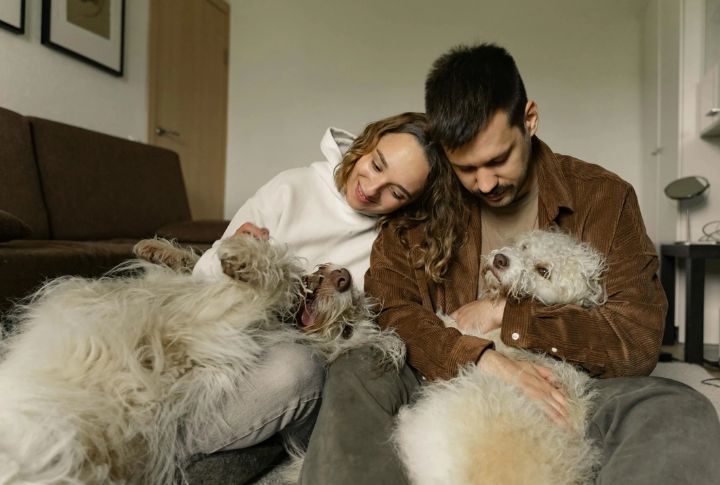
That emotional connection between actor and dog? It’s crafted with smart collaboration. Trainers coach actors to subtly issue trained cues, such as a glance or hand motion, so scenes feel natural. Some dogs bond so well that they respond faster to actors than to their own trainers.
Repetition And Routine To Build On-Set Focus

Like any pro, dogs thrive on routine. They rehearse scenes until each movement becomes instinctive. This rhythm not only sharpens timing but soothes nerves. Some trained dogs can reset in seconds after a break and even work full shooting days with proper care and rest.


